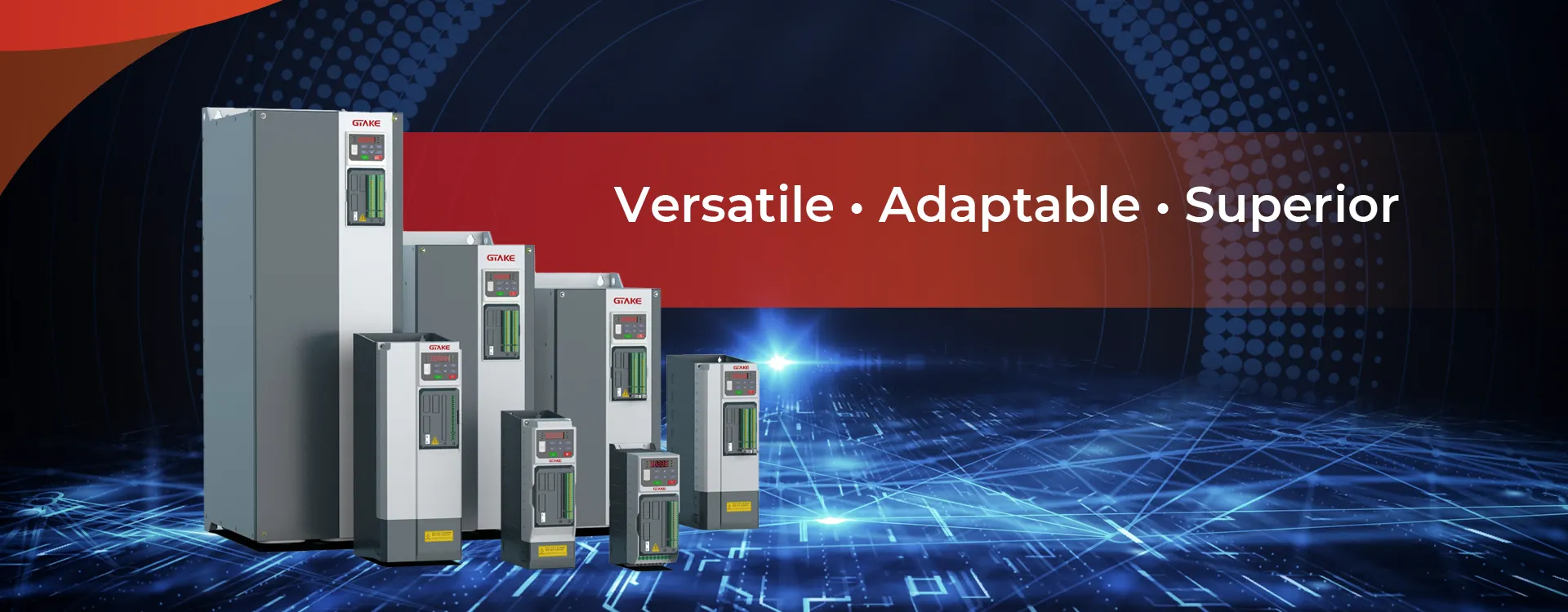Elevator Drive: The Heart of Modern Elevator Systems
An Elevator Drive is a key component in modern elevator systems, responsible for controlling the movement of the elevator car. It regulates the speed, direction, and smoothness of the elevator’s operation, ensuring efficient, safe, and comfortable rides for passengers. In this article, we will explore the role of the elevator drive, the different types of elevator drives, how they work, and why they are essential for high-performance elevators.
What is an Elevator Drive?
An Elevator Drive refers to the system that controls the elevator motor’s operation, including its acceleration, deceleration, and speed control. It is typically a combination of an electric motor (often an AC motor or DC motor) and an associated control system. This drive system regulates the elevator’s movement by converting electrical energy into mechanical energy, which moves the elevator car between floors.
Elevator drives are used in both traction elevators (which use ropes and pulleys to lift the car) and hydraulic elevators (which use a piston to lift the car). However, the most common drive systems today are traction drives, which are more energy-efficient and capable of handling high-rise buildings with multiple floors.
Types of Elevator Drives
There are several types of elevator drives available today, each with its own benefits and application areas. These include:
- AC (Alternating Current) Elevator Drives
AC drives are widely used in modern elevator systems due to their simplicity, reliability, and energy efficiency. AC elevator drives are controlled by Variable Frequency Drives (VFDs), which adjust the speed and torque of the motor based on the load and speed requirements of the elevator. AC drives are ideal for both low and high-rise buildings, offering smooth, quiet operation and reduced energy consumption.
- DC (Direct Current) Elevator Drives
Although less common than AC drives, DC elevator drives are still used in some applications. These systems use DC motors, which are highly responsive and provide excellent speed control. DC elevator drives are often used in older buildings or in situations where precise speed control and torque are necessary. However, DC motors generally require more maintenance than AC motors.
- Gearless Elevator Drives
Gearless traction drives are becoming increasingly popular in modern elevator systems, especially in high-rise buildings. In a gearless system, the motor directly drives the sheave (the pulley system), eliminating the need for a gearbox. This results in quieter, more efficient operation, with fewer moving parts that require maintenance.
- Geared Elevator Drives
In geared elevator drives, the motor is connected to the sheave via a gearbox, which provides a mechanical advantage and enables slower motor speeds. These drives are less efficient than gearless drives but are still commonly used in low- to mid-rise buildings where space and cost are more critical factors.
- Hydraulic Elevator Drives
Hydraulic elevator drives use a pump, motor, and fluid (usually oil) to move the elevator car. The motor drives the pump, which moves hydraulic fluid into a cylinder, pushing the elevator car upwards. While hydraulic elevators are ideal for low-rise buildings (typically under 8 floors), they are less energy-efficient than traction systems and require more space due to the hydraulic system components.
Key Functions of an Elevator Drive
An elevator drive performs several important functions to ensure the smooth and efficient operation of the elevator system:
- Speed Control
The primary function of an elevator drive is to control the speed of the elevator. By adjusting the input frequency (in the case of AC drives) or the voltage (for DC drives), the drive system determines how quickly the motor accelerates and decelerates the elevator car.
- Torque Control
The elevator drive also manages the torque required to move the elevator car. Torque control ensures that the elevator can move smoothly, even under varying loads, such as when there are different numbers of passengers or when the elevator is at different stages of travel.
- Smooth Start and Stop
Modern elevator drives ensure that the elevator starts and stops smoothly without jerking or abrupt movements. This is achieved through soft-start and soft-stop technologies, which gradually ramp up or slow down the motor’s speed, ensuring comfort and reducing wear on the system.
- Energy Efficiency
An elevator drive helps optimize energy use by adjusting the motor speed and power based on the load. For example, when the elevator is lightly loaded or moving downward, the drive reduces the power supplied to the motor, leading to lower energy consumption.
- Regenerative Braking
Many modern elevator drives incorporate regenerative braking technology, which allows the elevator to recover energy during deceleration. This energy is then returned to the building’s electrical grid, reducing overall energy consumption and making the elevator system more environmentally friendly.
How Does an Elevator Drive Work?
Elevator drives control the movement of the motor by regulating its power input. Here’s how they typically work:
- Power Supply
The elevator drive receives electrical power from the building’s main electrical supply. Depending on the drive type (AC or DC), the system converts this power to the appropriate format for the motor.
- Motor Control
For AC elevator drives, the Variable Frequency Drive (VFD) converts the incoming power into a variable frequency and voltage, which controls the speed of the AC motor. The VFD adjusts the motor’s speed and torque based on the load requirements and ensures smooth operation throughout the elevator’s travel.
For DC elevator drives, the control system regulates the voltage supplied to the DC motor, allowing for precise control over speed and torque.
- Movement Control
The motor drives the traction sheave (in a traction system) or hydraulic pump (in a hydraulic system), which moves the elevator car. The drive controls the acceleration and deceleration of the motor, ensuring smooth transitions at the start and stop of the elevator’s travel.
- Feedback Loop
The elevator drive typically incorporates sensors that continuously monitor the speed, position, and load of the elevator car. This data is sent back to the control system, which adjusts the motor’s speed and power to ensure optimal performance.
- Safety Features
Elevator drives also include safety features such as overload protection, emergency stop functionality, and regenerative braking. These features help protect the elevator system and passengers in case of a malfunction or emergency.
Benefits of Elevator Drives
- Smooth Operation
The most significant benefit of modern elevator drives is the smooth, jerk-free operation of the elevator. Passengers experience a more comfortable ride, as the elevator accelerates and decelerates smoothly.
- Energy Efficiency
Elevator drives optimize the motor’s performance, reducing energy consumption by adjusting the motor’s speed based on the load. Regenerative braking also contributes to energy savings by returning power to the grid.
- Cost Savings
By improving energy efficiency and reducing wear on the system, elevator drives help lower operating and maintenance costs. The energy savings from regenerative braking alone can result in significant cost reductions over time.
- Reliability and Longevity
Elevator drives improve the overall reliability of the system by providing precise motor control and minimizing mechanical stress on the motor and other components. This increases the lifespan of the elevator system and reduces the need for frequent maintenance.
- Environmental Benefits
The energy-efficient operation of elevator drives contributes to a building’s overall sustainability. By using less power and recovering energy during braking, elevator drives help reduce the building’s carbon footprint and lower its overall energy demand.
Conclusion
The Elevator Drive is a crucial component in ensuring the efficient, safe, and smooth operation of modern elevator systems. Whether it’s an AC drive, DC drive, gearless drive, or hydraulic drive, elevator drives offer numerous benefits, including energy savings, reduced wear, improved ride comfort, and enhanced reliability. As buildings continue to grow taller and demand more efficient transportation systems, elevator drives will play an essential role in shaping the future of vertical transportation.

